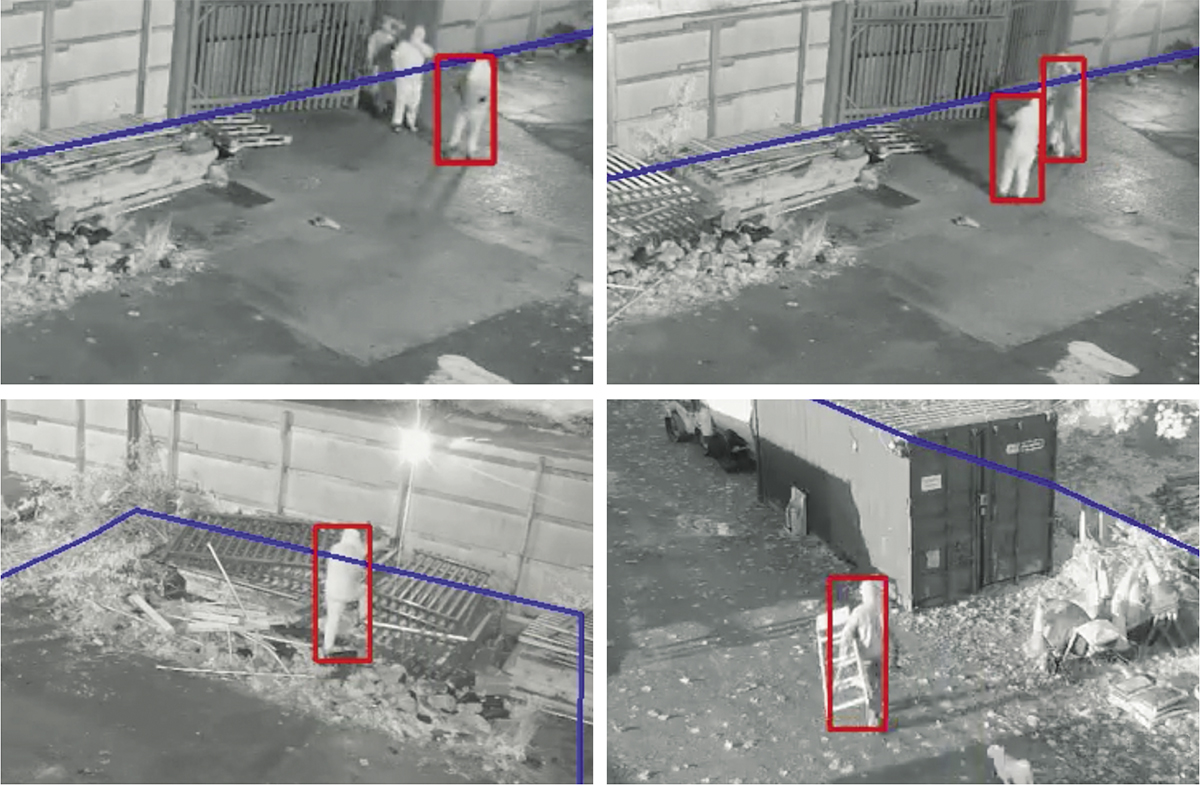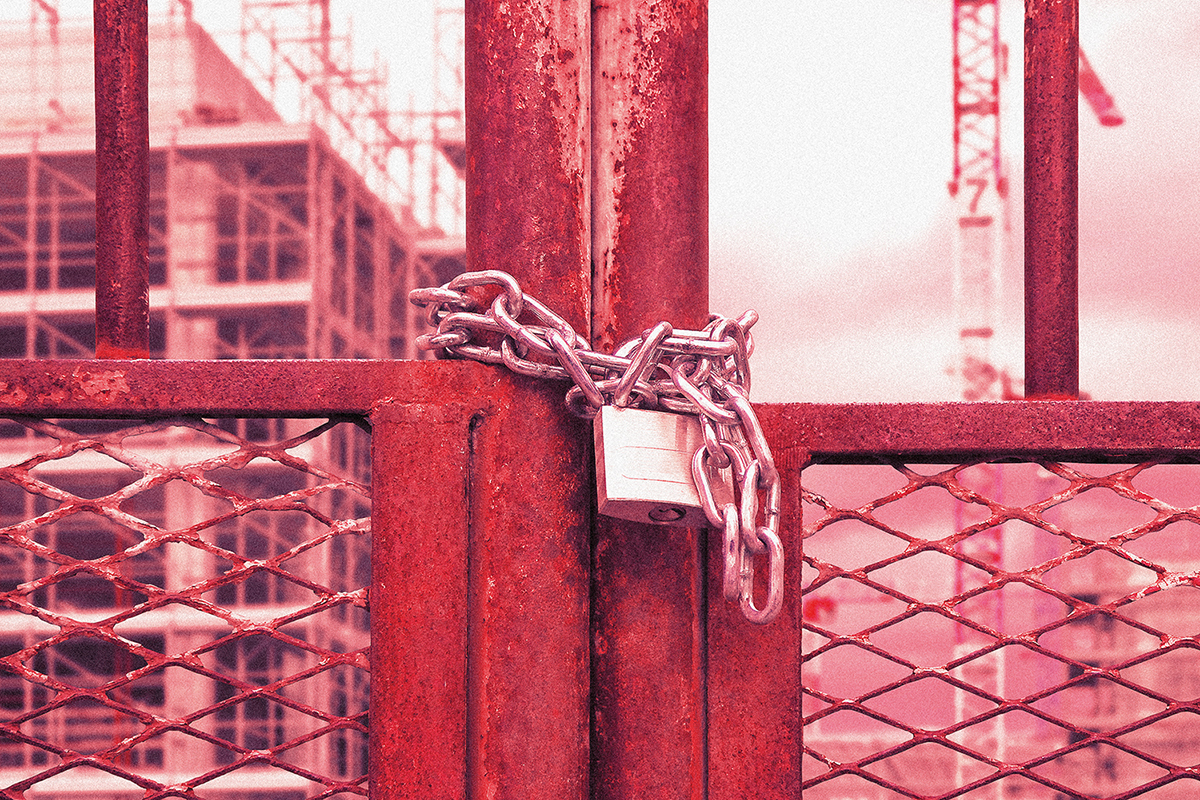
A recent survey showed construction’s crime epidemic is getting worse. Alexis Potter of BauWatch provides a few site security firm pointers.
Theft has long been a challenge in the construction industry. But with sustained inflation increasing the price of goods and the cost of living crisis putting pressure on purse strings, the situation is getting worse.
Two-thirds of workers surveyed in site security firm BauWatch’s Unseen Threats: 2024 Construction Crime Index said they believed crime increased in 2023. Approximately 70% of respondents reported that they had witnessed theft on site at least once a year and a fifth said they experience it every few months.
Small tools, fuel and metals are among the most popular targets for thieves (see box). Construction companies need to be extra vigilant and ensure they are reviewing their security protocols regularly.
Site security
Robust site security is the best way to prevent theft. There are a range of pre-emptive measures contractors can take, including checking on the reaction times
of security firms.
- Take timely risk assessments. Carry out a comprehensive risk assessment of your site as early as possible. Identify any weaknesses, such as blind spots where a break-in might be more likely to occur and confirm where high-value items are located on site so you can build in protective forces.
- Create physical barriers. Physical barriers such as concrete blocks and fences serve as the first line of defence against unauthorised entry. They not only demarcate property boundaries but also make criminals think twice about breaking in, particularly opportunists, which make up around 40% of thieves, BauWatch’s study showed.
- Employ deterrents. Visible measures, such as CCTV towers and temporary fencing, act as effective deterrents because most opportunistic thieves will be put off taking spur-of-the-moment chances. Well-lit sites can also deter thieves from entering, so illuminate dark corners where trespassers might go unnoticed.
- Communicate with everyone on site. Clear communication and regular, systematic training help empower teams to safeguard construction sites. Introduce a standardised site induction for any new joiners. Ensure site managers make security providers aware of working patterns, especially when things change, to prevent false alarms.
- Use real-time monitoring capabilities. Site managers can keep an eye on their site at all times with 24-hour imaging technology, ensuring any suspicious activity is promptly detected and addressed. Apps that allow remote adjustment of CCTV systems and automated alerts that work in synergy with a professional monitoring team make this an easily manageable addition to your arsenal.
- Be agile. All projects work on an evolving timeline, so threat levels must be assessed and adjusted accordingly. A traffic light system can be an effective solution here. Red lets your team know that the threat level is high, whether that is because of easily lifted or valuable assets, multiple subcontractors and personnel on site, or a quiet project phase with fewer personnel on site.
Last year, UK construction companies went out of business at the highest rate in a decade. This was due to persistent cost inflation, a slowdown in housebuilding and delays to government infrastructure projects. Added to these pressures, the financial fallout from just one strategically planned heist could be crippling, so construction firms must be able to protect themselves against what’s to come.
As the last tool is packed away, remember that a construction site’s greatest build is its defence against theft. Cement your resolve and turn your site into a stronghold of security and a beacon of deterrence.
Alexis Potter is managing director of BauWatch UK.

What’s being taken?
Small tools
Construction sites have a vast range of targets for thieves, including big-ticket items like machinery, vehicles and fuel. Surprisingly, though, BauWatch’s survey found the most commonly stolen items are small tools, which are easy to take with stealth. This hurts trade contractors and the self-employed.
No one should be made to feel vulnerable in their place of work and, worryingly, many workers have found they’ve had to replace tools from their own pocket, with a quarter admitting that being robbed is their “biggest fear” on site.
Metals
Copper, as a vital material in short supply, has always been attractive to thieves. Its value is growing, due to its role in the energy transition and widespread use across renewable energy technologies, such as solar panel wiring and electric vehicles. It’s an increasingly sought-after prize, it’s easy to grab and it can be untraceable.
A recent spike in theft of other metals such as lead and steel has also been reported by Historic England and the National Police Chiefs Council.
Fuel
Fuel is another easy target for thieves, who typically look out for fuel bowsers and machinery left unattended on construction sites. Since the government removed the construction industry’s access to red diesel in 2022, fuel theft has rocketed.











